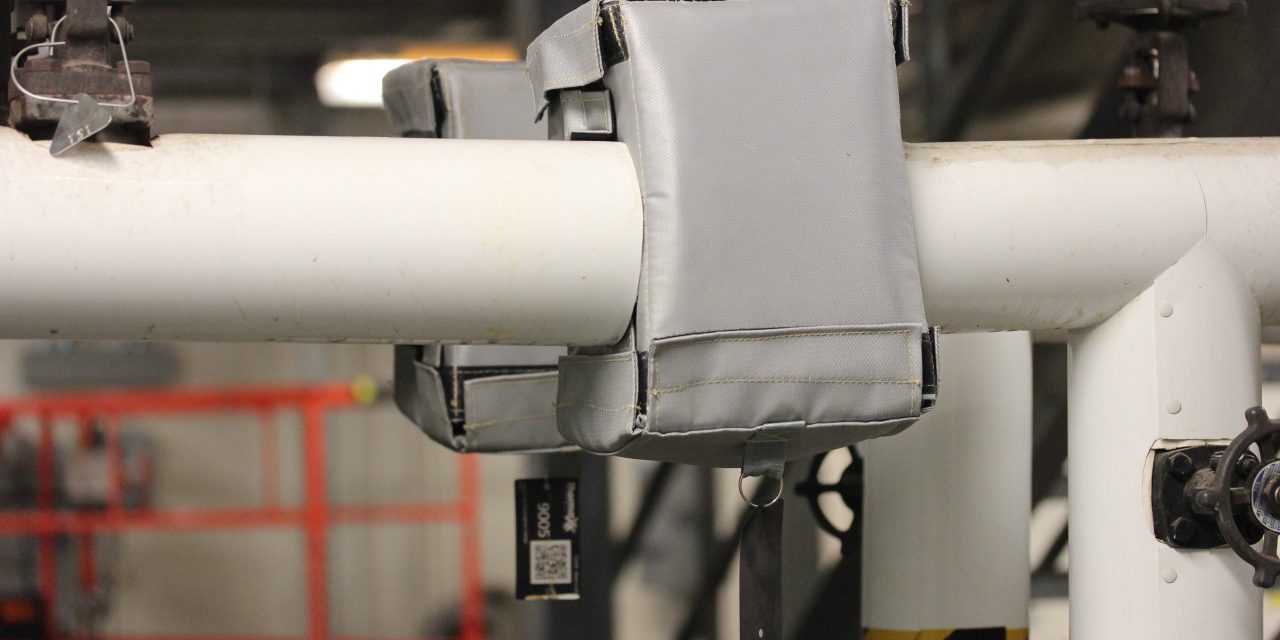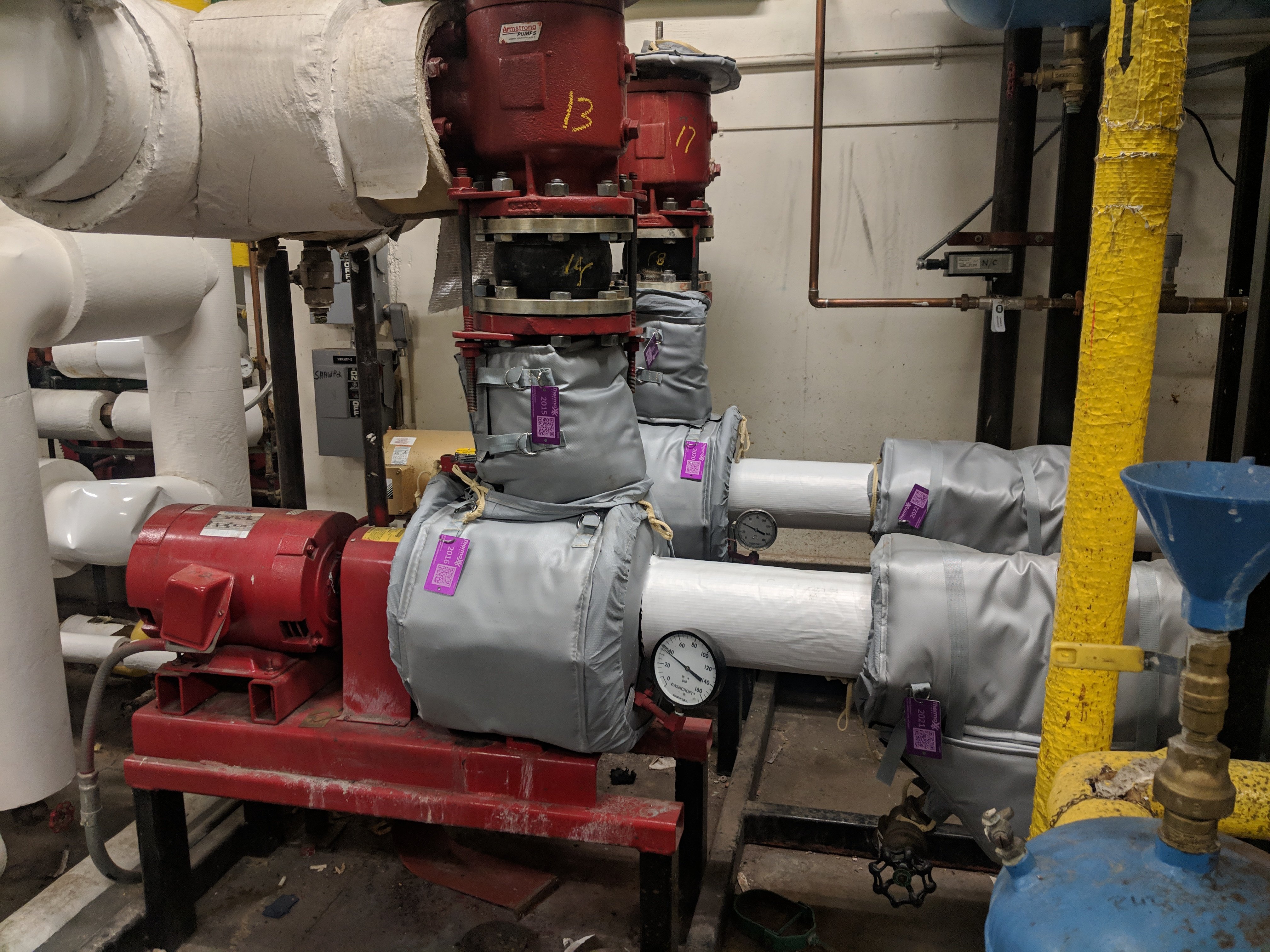Energy Conservation in the Healthcare Industry
As the push toward energy efficiency increases worldwide, many professionals are evaluating how they can improve energy conservation in healthcare facilities.
Health care is one industry that is feeling pressure to lower its energy use, especially as operating costs continue rising.
Since 2003, the number of health care facilities in the United States has grown by 22%. Health care facilities now account for 10.3% of the total energy consumption in the commercial sector in America. As a result, the energy costs of health care facilities are increasing significantly as the price of energy rises.
There are many best practices you can follow regarding energy conservation in health care. Insulation jackets to prevent energy loss in energy-intensive systems is a highly efficient method of reducing energy use in health care facilities.
On this page:
- Best Practices for Energy Conservation in Health Care
- Stopping Energy Loss in Facilities
- Benefits of Removable Insulation for Health Care Facilities
- Thermaxx Solutions for Energy Efficiency
Best Practices for Energy Conservation in Health Care
Energy conservation is a massive undertaking for any business. Hospitals and health care facilities have to balance being able to save costs and lower their energy usage with being able to provide high levels of patient care. Hospitals need to ensure they can reduce energy costs in a way that avoids disrupting their operations. Here are four best practices that any facility can implement in its journey to energy savings:
1. Measure Current Energy Use
The best way to start reducing energy usage is to understand your current energy usage. Most businesses have only a limited understanding of their energy use. Performing a comprehensive audit can highlight areas using large amounts of energy. It can also establish if any equipment is underperforming or need repair. Equipment that works at substandard levels might use more power to compensate for mechanical issues.
An energy audit will help you create an energy savings plan that suits your specific facility. Even if you have already started putting measures in place to lower energy use, an energy audit can show you what is working and any areas you can improve.
2. Set Energy Saving Goals
Once you have done your audit, you need to create clear, set energy goals. These goals can be based on the findings from the energy audit. Clear goals will help keep your team accountable and provide a road map for your energy savings plan.
3. Retrofit Existing Systems
While you may need to invest in new systems and power sources as your health care facility pushes energy conservation, one of the easiest ways to lower energy use is by retrofitting existing systems. Adding additional insulation, switching to energy-efficient lighting solutions, and properly maintaining your HVAC system can significantly benefit your hospital's energy use.
4. Measure and Track Energy Use
Once you have implemented new programs and retrofitted existing systems, measuring and tracking energy usage is essential. Monitoring energy use in your health care facility will measure the impact of your energy-saving practices. You can pinpoint what measures are working and which need further attention.

Stopping Energy Loss to Conserve Energy in Health Care Facilities
A big part of reducing energy use in health care facilities is preventing energy loss. Several systems in a hospital can use a significant amount of energy, including the steam system, mechanical rooms, autoclaves, laundry rooms, and the HVAC system. Facilities management teams need to be able to maintain and operate these systems correctly, often meaning being able to reuse and remove insulation for easy access to critical components. Without insulation, these components lose heat or cold, which results in them using more energy.
A comprehensive heat loss survey can help identify critical areas of energy loss, both hot and cold. Once these areas have been identified, removable insulation can be fitted to these systems to prevent energy loss while allowing easy access to components. Some common areas of energy loss include:
- Heat exchangers
- Boiler doors
- PRVs
- Flanges
- Control valves
- Pipes
- Autoclaves
- Laundry rooms
- Steam systems
- Chilled water systems
- HVAC components
Types of Insulation
Insulation plays a crucial role in preventing energy loss in health care facilities. The type of insulation you choose will depend on the system you want to insulate and how often parts need maintenance. There are two types of insulation to consider — permanent and removable. Each has its own set of benefits and uses. They are often used in combination to provide the best possible insulation and, ultimately, energy savings for your facility:
- Permanent insulation: This is conventional insulation that cannot be easily removed. A contractor is often required to remove and then replace permanent insulation. The best place to use permanent insulation is on parts that need little maintenance, such as long runs of straight pipes. Permanent insulation is typically made from fiberglass, calcium silicate, and foam glass.
- Reusable and removable insulation: This insulation is designed to be easily removed and reused. It is ideal for components that require regular access, maintenance, or inspection. Removable insulation jackets are often custom-made, making them well-suited for unusually shaped parts that need insulation. Serviceable insulation is commonly made from needled fiberglass wool, cryogel, aerogels, ceramic fiber blankets, and closed-cell rubber insulation.
Benefits of Removable Insulation for Health Care Facilities
Many health care facilities may already use permanent insulation throughout their building but might overlook removable insulation. Beyond cost savings, insulation jackets also provide health and safety benefits. Here are the five benefits of insulation blankets for health care facilities:
- Reduces energy costs: Preventing cold and heat from needlessly escaping can lower the energy use of the equipment. Over time, this will improve your energy efficiency and reduce energy costs throughout your facility. When less heat and cold escape into mechanical rooms and adjacent areas, you can reduce your cooling and heating costs while maintaining ambient temperatures in these areas.
- Enables periodic maintenance: Facilities teams can easily remove and replace insulation jackets to conduct routine inspections and maintenance. Any issues can be quickly identified and resolved, minimizing the potential for accidents and costly repairs.
- Prevents waste: Permanent insulation cannot always be reused. Reusing it is less effective as permanent insulation is often damaged or degraded during removal and reinstallation. This results in wasted insulation and additional costs for specialists to remove and replace insulation. Insulation jackets are designed to be removed and reused, reducing the quantity of wasted insulation.
- Extends equipment life span: Removable insulation extends the life span of equipment by protecting it from the elements, extreme temperatures, condensation and accidental damage. The ability to perform regular maintenance also aids in prolonging the life span of machinery.
- Improves workplace safety: Employees are less likely to burn themselves on hot surfaces and steam when they are covered with insulation. Further, insulation blankets reduce the possibility of a fire if it is flame resistant. Using insulation jackets can help you remain OSHA-compliant.
Thermaxx Solutions for Energy Efficiency
As your health care facility implements energy conservation plans, insulation jackets can help you reduce your energy use and save costs. At Thermaxx, we conduct comprehensive heat loss surveys to identify ways your medical center can limit energy loss. Our expert team works with you to develop an insulation system to help you meet your energy-saving goals.
Contact us today or request a quote to get started!

Thermaxx Jackets
Thermaxx Jackets was founded over 25 years ago with a single purpose: to help our clients save energy with removable insulation blankets when traditional stay-in-place insulation is not practical. Our dedication to this purpose has resulted in a long list of customers who have saved money thanks to Thermaxx Jackets! Combining expertise in heat loss, wireless monitoring, insulation design, and several other disciplines, we’ve become the #1 provider and fabricator of removable insulation jackets and covers. The Thermaxx Sales and Service teams are experienced and trained to provide clients with the most timely and cost-effective solution.
Categories
- removable insulation
- thermaxx jackets
- energy savings
- savings
- energy efficiency
- safety
- pipe insulation
- energy
- case study
- insulation materials
- thermal insulation
- heat loss survey
- heat loss
- energy loss
- hot insulation
- fiberglass
- installation
- steam
- New York
- custom insulation
- NYC Case Study
- boiler
- university
- Connecticut
- reusable insulation







